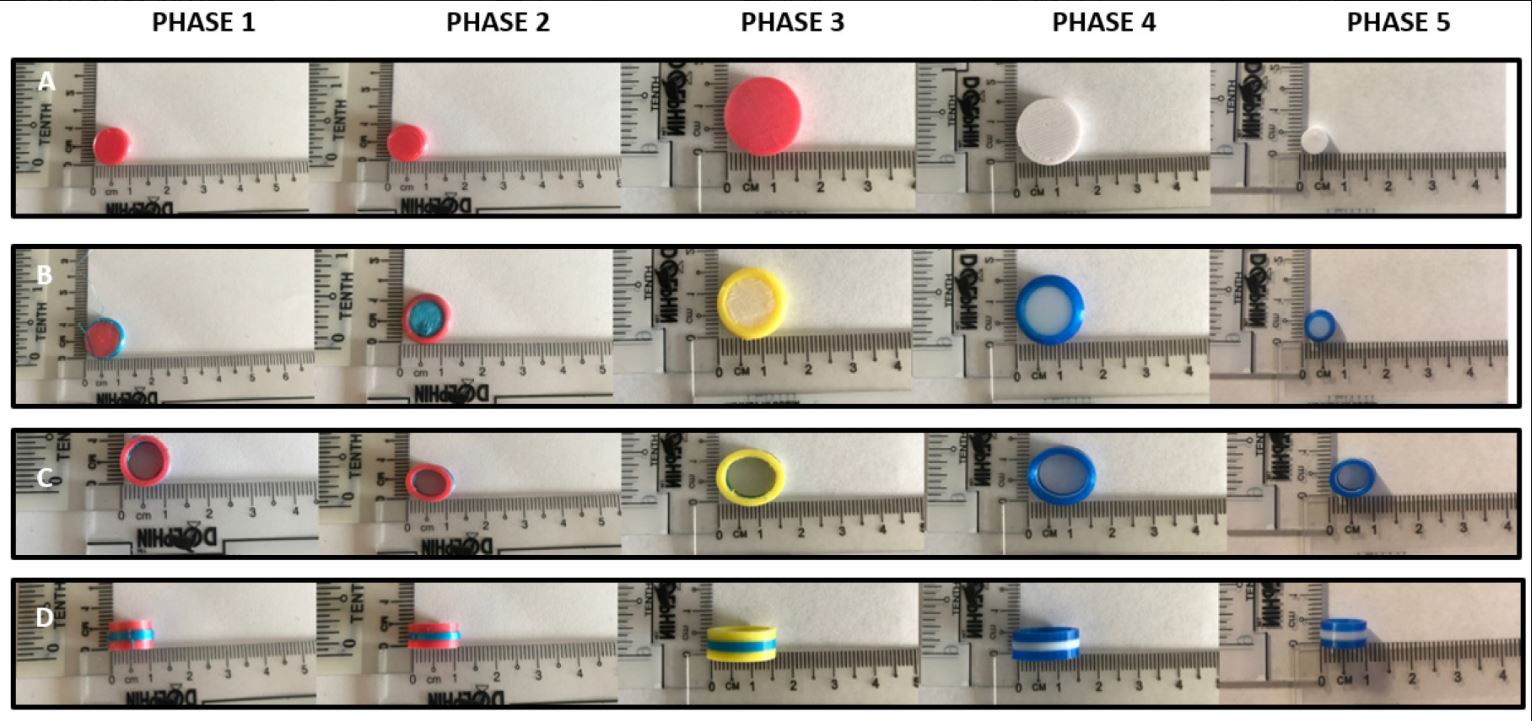A Design Approach to Optimise Secure Remote Three-Dimensional (3D) Printing: A Proof-of-Concept Study towards Advancement in Telemedicine

Telemedicine is defined as the delivery of healthcare services at a distance using electronic means. The incorporation of 3D printing in the telemedicine cycle could result in pharmacists designing and manufacturing personalised medicines based on the electronic prescription received. Even with the advantages of telemedicine, numerous barriers to the uptake hinder the wider uptake. Of particular concern is the cyber risk associated with the remote digital transfer of the computer-aided design (CAD) file (acting as the electronic prescription) to the 3D printer and the reproducibility of the resultant printed medicinal products. This proof-of-concept study aimed to explore the application of secure remote 3D printing of model solid dosage forms using the patented technology, DEFEND3D, which is designed to enhance cybersecurity and intellectual property (IP) protection.
The size, shape, and colour of the remote 3D-printed model medicinal products were also evaluated to ensure the end-product quality was user-focused. Thermoplastic polyurethane (TPU) and poly(lactic) acid (PLA) were chosen as model polymers due to their flexibility in preventing breakage printing and ease of printing with fused deposition modelling (FDM). Our work confirmed the potential of secure remote 3D (FDM) printing of prototype solid dosage forms resulting in products with good reproducibility, resolution, and quality towards advancements in telemedicine and digital pharmacies. The limitation of the work presented here was the use of model polymers and not pharmaceutically relevant polymers.
Further work could be conducted using the same designs chosen in this study with pharmaceutically relevant polymers used in hot-melt extrusion (HME) with shown suitability for FDM 3D printing. However, it should be noted that any challenges that may occur with pharmaceutically relevant polymers are likely to be related to the polymer’s printability and printer choice as opposed to the ability of the CAD file to be transferred to the printer remotely.
Download the full research paper as PDF: A Design Approach to Optimise Secure Remote Three-Dimensional -3D Printing
Kok, X.W.; Singh, A.; Raimi-Abraham, B.T. A Design Approach to Optimise Secure Remote Three-Dimensional (3D) Printing: A Proof-of-Concept Study towards Advancement in Telemedicine. Healthcare 2022, 10, 1114. https://doi.org/10.3390/healthcare10061114

See more interesting articles on 3d Printing in Pharmaceutics

See also our Interview on the state-of-the-art in Pharmaceutical 3D Printing:

